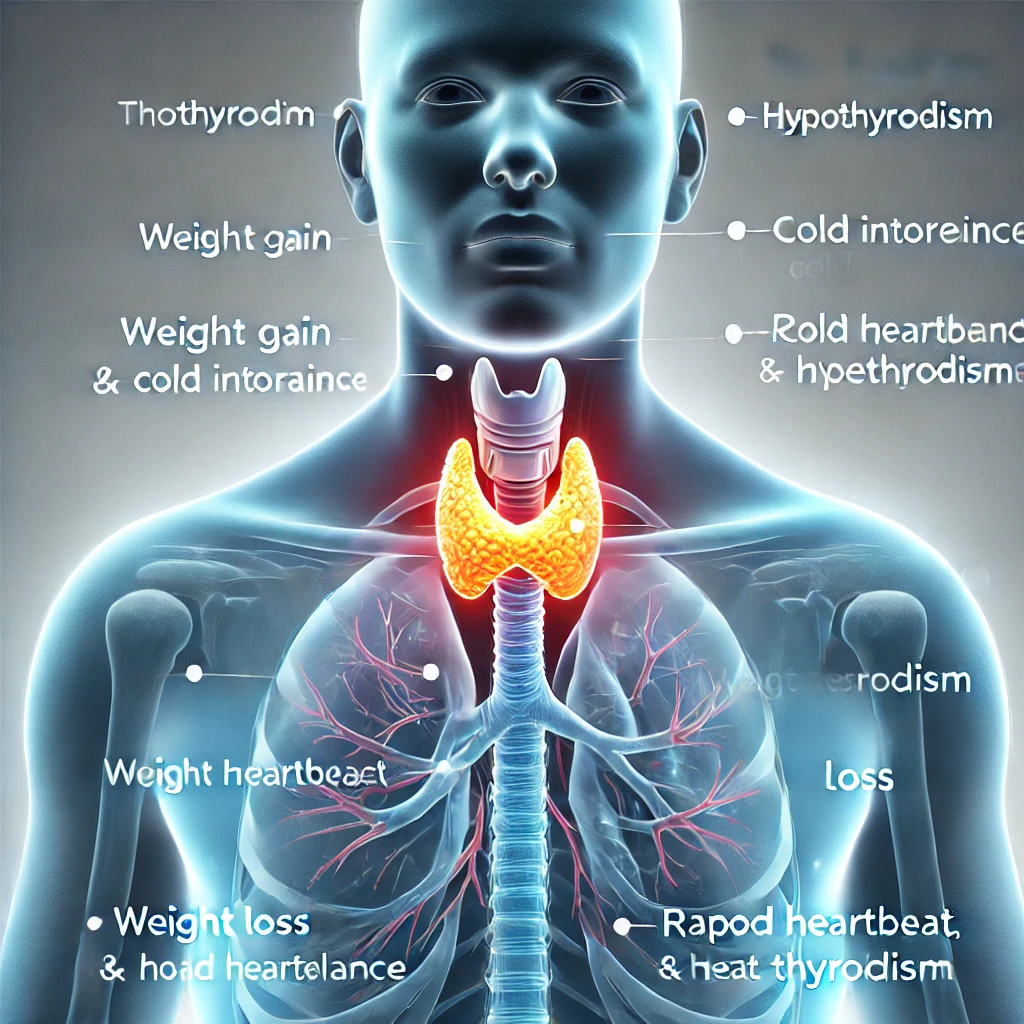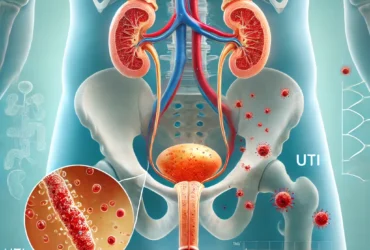A Growing Health Concern
Thyroid disorders, particularly hypothyroidism and hyperthyroidism, are becoming increasingly common in Nepal. These conditions significantly impact metabolism, energy levels, and overall well-being. Despite being manageable, a lack of awareness and delayed diagnosis often lead to complications.
Prevalence of Thyroid Disorders in Nepal
Studies conducted in Nepal have shown varying prevalence rates of thyroid disorders. A community-based study reported that approximately 4.32% of the general population is affected, with women being twice as likely as men to develop thyroid conditions. Among diagnosed cases:
- 72.41% had subclinical hypothyroidism
- 13.7% had primary hypothyroidism
- 13.7% had hyperthyroidism
In contrast, hospital-based studies indicate higher prevalence rates. A study in eastern Nepal found that 39.3% of patients tested had some form of thyroid disorder, including:
- 16.49% with overt hypothyroidism
- 16.06% with subclinical hypothyroidism
- 4.04% with overt hyperthyroidism
- 2.9% with subclinical hyperthyroidism
Another study from a tertiary hospital in far western Nepal reported a total hyperthyroidism prevalence of 24.8%, with 14.9% having overt hyperthyroidism and 9.9% having subclinical hyperthyroidism.
Impact on Metabolism and Energy Levels
Thyroid hormones regulate metabolism, energy production, and body temperature. When thyroid function is disrupted, it leads to significant physiological changes:
- Hyperthyroidism (Overactive Thyroid): Causes excessive metabolism, leading to weight loss, increased heart rate, restlessness, heat intolerance, and muscle weakness.
- Hypothyroidism (Underactive Thyroid): Slows metabolism, resulting in fatigue, weight gain, cold intolerance, dry skin, constipation, and depression.
Left untreated, both conditions can lead to severe complications, including heart problems, osteoporosis, and fertility issues.
Risk Factors and Causes
Several factors contribute to thyroid disorders in Nepal, including:
- Iodine Deficiency: Nepal has a history of iodine deficiency, which can lead to hypothyroidism and goiter. Although iodized salt has reduced cases, sporadic deficiencies still exist in remote areas.
- Autoimmune Diseases: Conditions like Hashimoto’s thyroiditis and Graves’ disease are common causes of thyroid dysfunction.
- Genetic Factors: Family history plays a significant role in thyroid disease susceptibility.
- Environmental Factors: Exposure to pollutants, toxins, and radiation can disrupt thyroid function.
Diagnosis and Treatment
Thyroid disorders can be diagnosed through blood tests measuring TSH (Thyroid Stimulating Hormone), T3, and T4 levels. In some cases, ultrasound and antibody tests are also recommended.
Treatment Options:
- Hypothyroidism: Managed with thyroxine, a daily thyroid hormone replacement therapy.
- Hyperthyroidism: Treated with anti-thyroid medications, radioactive iodine therapy, or surgery, depending on severity.
Lifestyle modifications, including a balanced diet, stress management, and regular exercise, can help improve thyroid health.
Conclusion
Thyroid disorders are a significant health concern in Nepal, affecting a considerable portion of the population. Early detection, proper management, and increased awareness are essential to prevent complications. If you experience symptoms of thyroid dysfunction, consult a healthcare professional for timely diagnosis and treatment.
Your health is in your hands—stay informed and take proactive steps toward thyroid wellness.
📞 01-4531078 or 01-4543386






